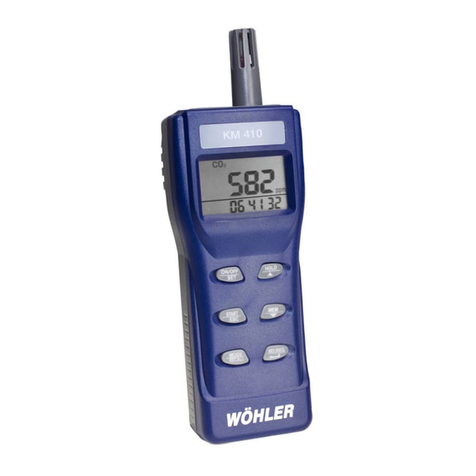Wohler A 500 User manual
Other Wohler Measuring Instrument manuals
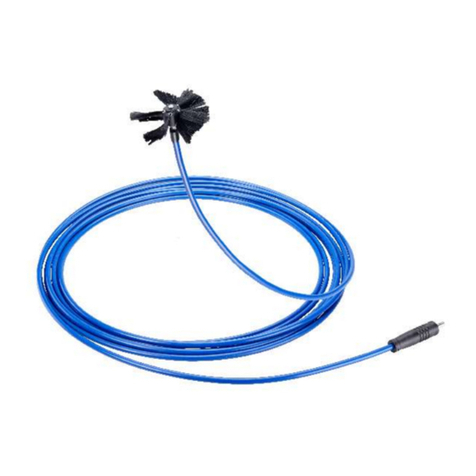
Wohler
Wohler M5 User manual

Wohler
Wohler CFM 600 User manual
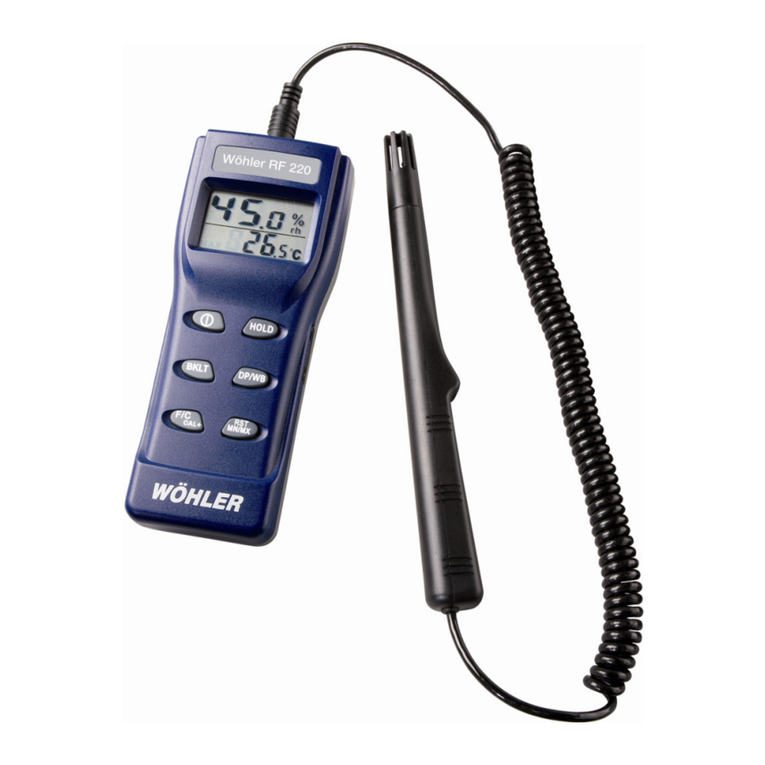
Wohler
Wohler RF 220 User manual
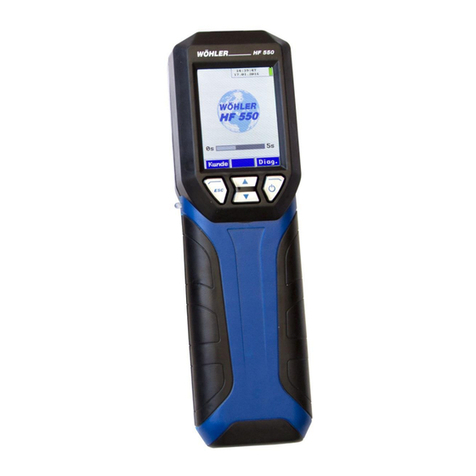
Wohler
Wohler HF 550 User manual
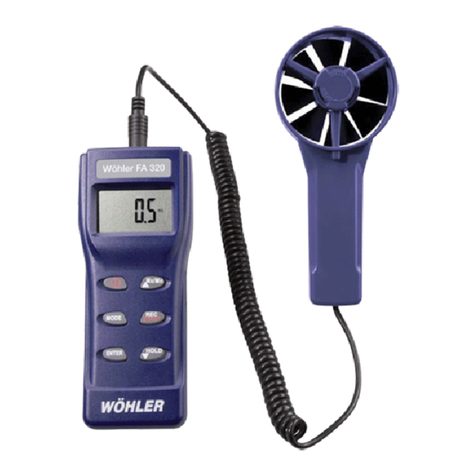
Wohler
Wohler FA 320 User manual

Wohler
Wohler RF 220 Hygrotemp User manual
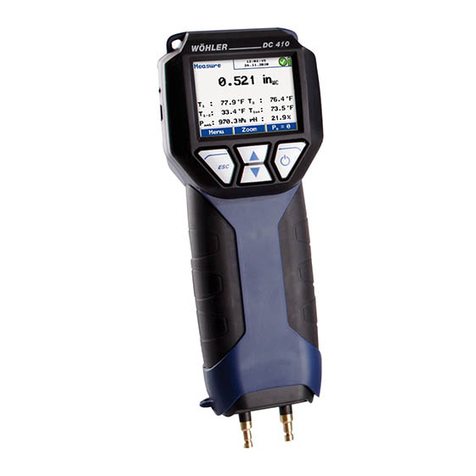
Wohler
Wohler DC 410FLOW User manual

Wohler
Wohler SC 602 User manual

Wohler
Wohler A 450 User manual
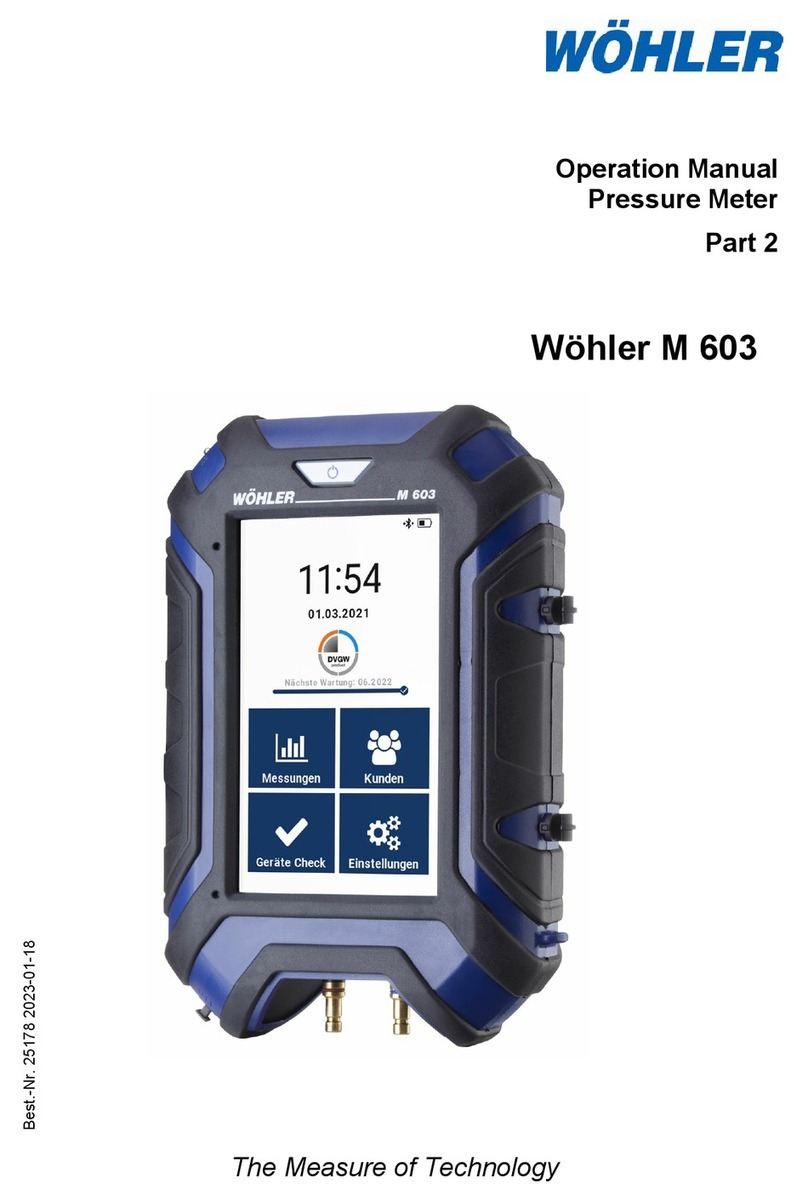
Wohler
Wohler M 603 User manual

Wohler
Wohler VE User manual
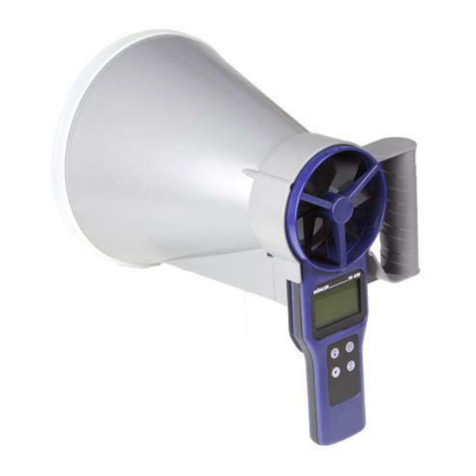
Wohler
Wohler FA 430 User manual

Wohler
Wohler FA 320 User manual

Wohler
Wohler LX 300 User manual
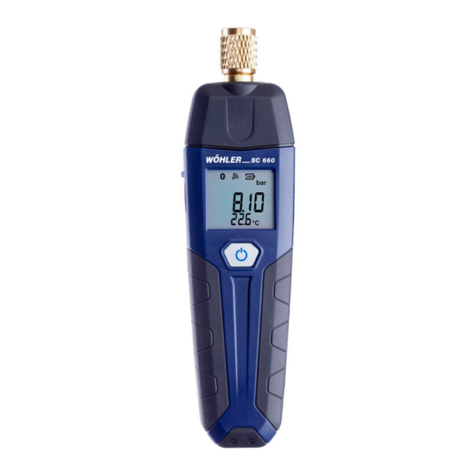
Wohler
Wohler Smart Connect SC 660 User manual

Wohler
Wohler HF 300 User manual

Wohler
Wohler LM25 Analog Series User manual
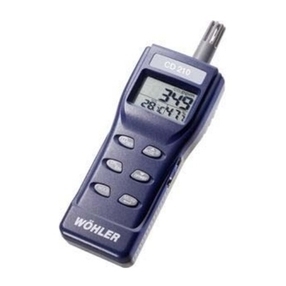
Wohler
Wohler CD 210 User manual
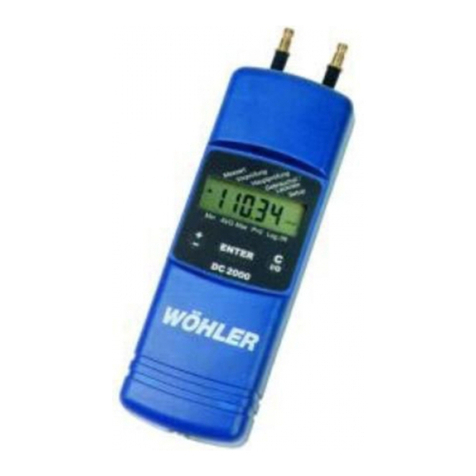
Wohler
Wohler DC 2000 User manual

Wohler
Wohler M 603 User manual
Popular Measuring Instrument manuals by other brands

Powerfix Profi
Powerfix Profi 278296 Operation and safety notes

Test Equipment Depot
Test Equipment Depot GVT-427B user manual

Fieldpiece
Fieldpiece ACH Operator's manual

FLYSURFER
FLYSURFER VIRON3 user manual

GMW
GMW TG uni 1 operating manual

Downeaster
Downeaster Wind & Weather Medallion Series instruction manual

Hanna Instruments
Hanna Instruments HI96725C instruction manual

Nokeval
Nokeval KMR260 quick guide

HOKUYO AUTOMATIC
HOKUYO AUTOMATIC UBG-05LN instruction manual

Fluke
Fluke 96000 Series Operator's manual

Test Products International
Test Products International SP565 user manual

General Sleep
General Sleep Zmachine Insight+ DT-200 Service manual
